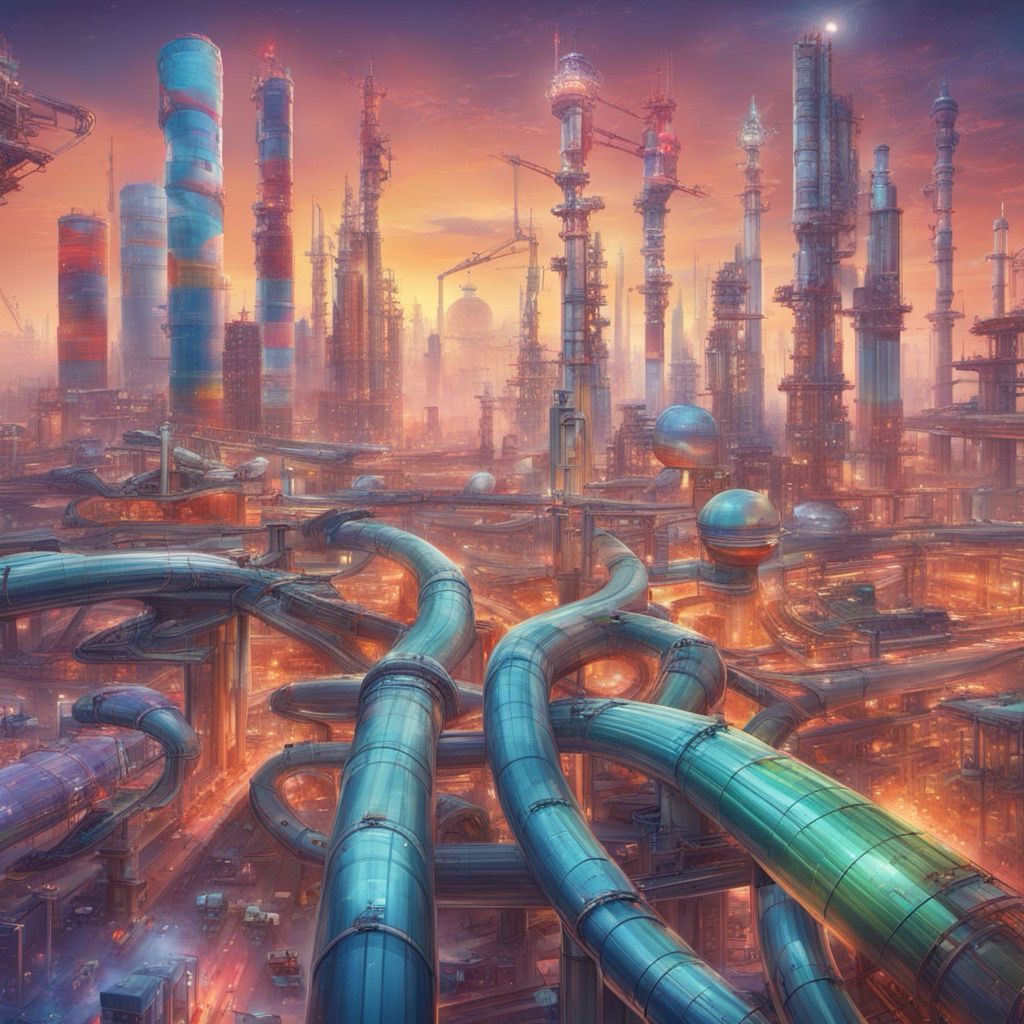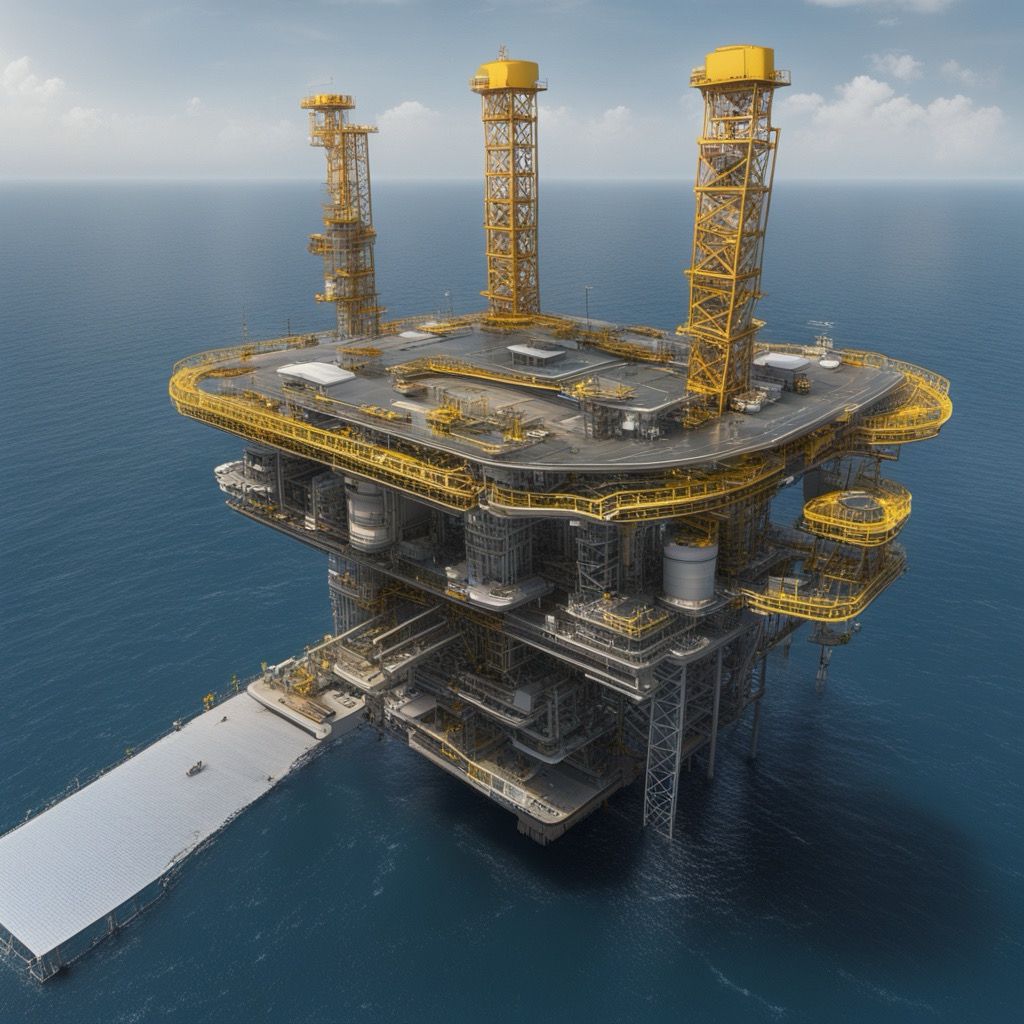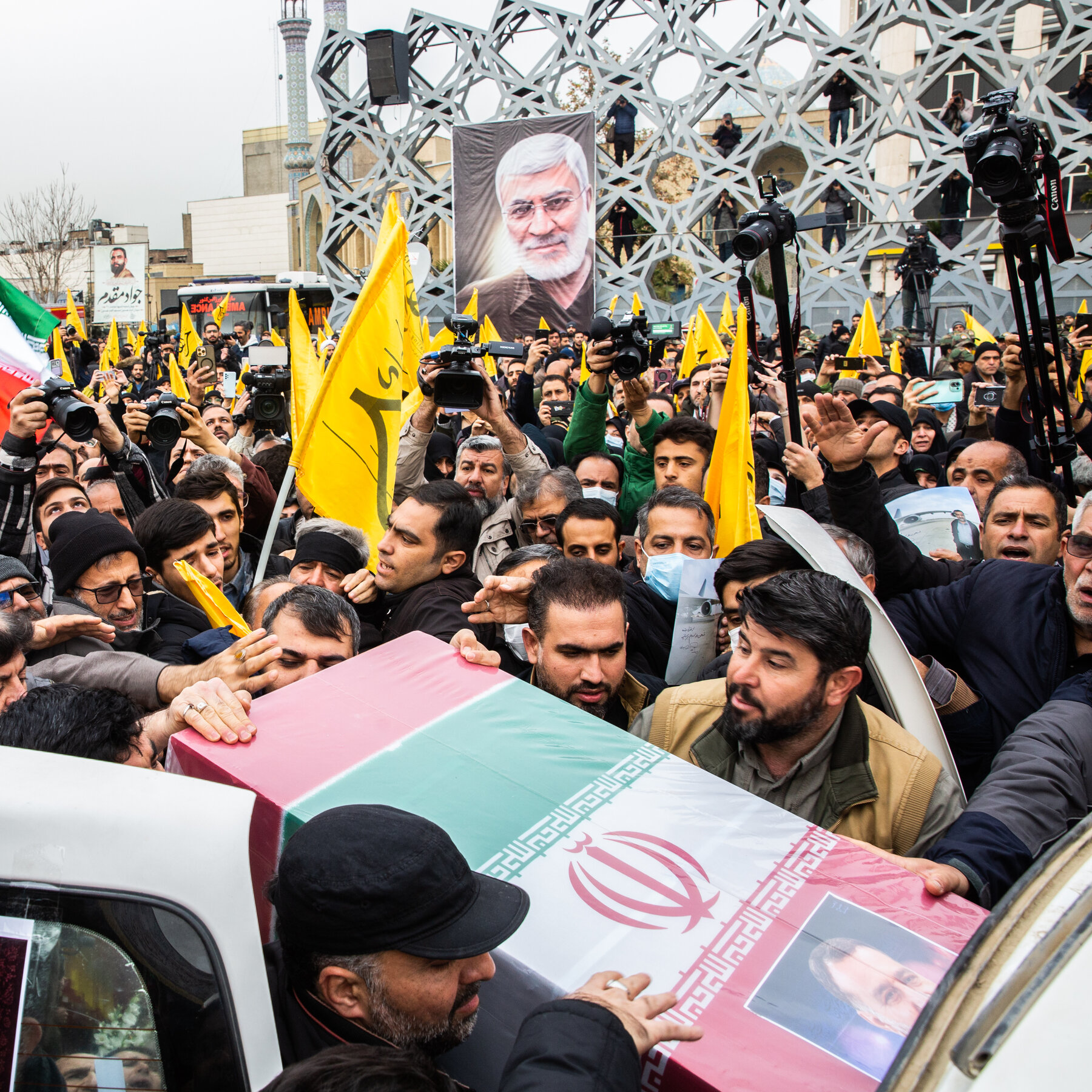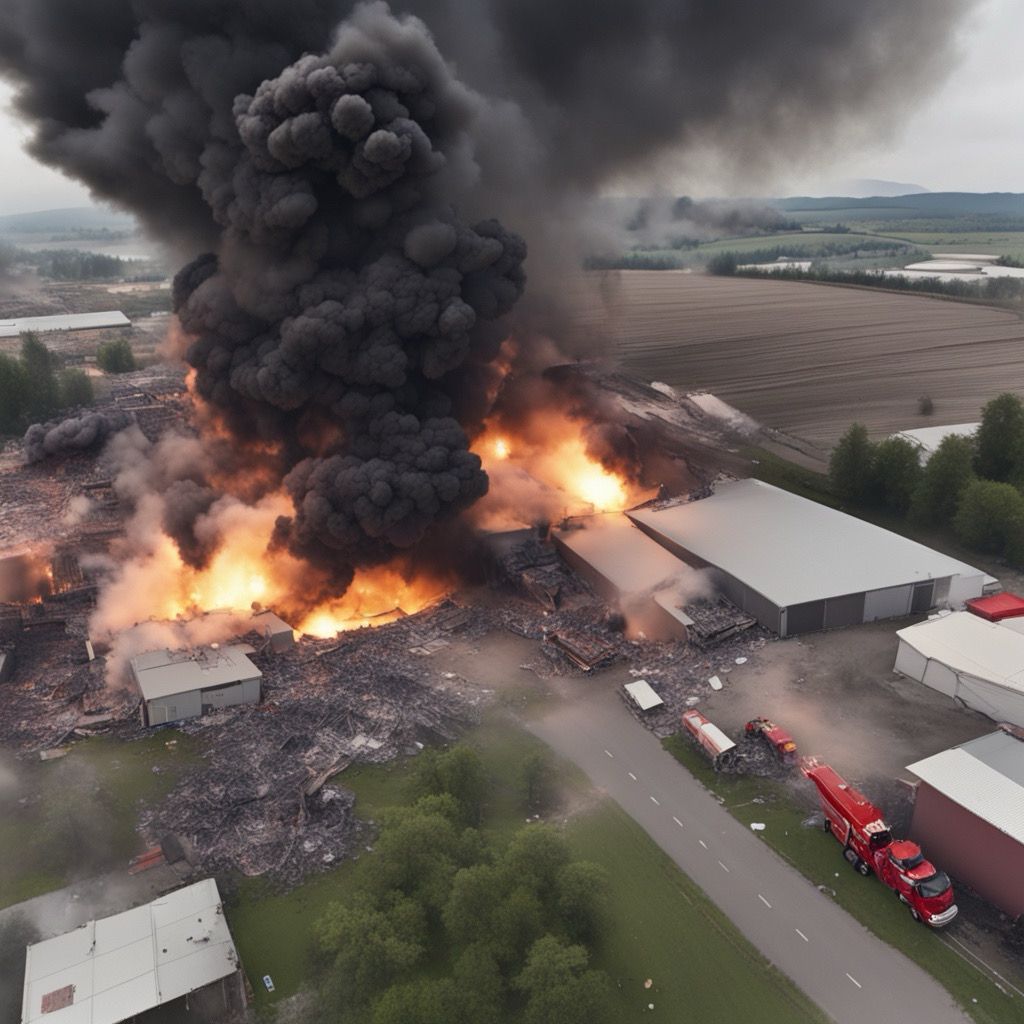Published: 4 months ago

World Affairs
Summary
The 2022 Russian invasion of Ukraine caused major disruptions in European gas markets, leading to a significant reorientation of global natural gas flows and a shift in policymakers' focus towards energy security. This column explores how the conflict reshaped the natural gas market, with a particular emphasis on the role of liquefied natural gas (LNG).
Article
In 2022, the Russian invasion of Ukraine sent shockwaves through European gas markets, causing energy costs to skyrocket and global natural gas flows to undergo a significant reorientation. As policymakers scrambled to address the urgent issue of energy security, a new era in the natural gas market began to take shape, with liquefied natural gas (LNG) playing a central role.
Historically, European countries had relied heavily on piped gas from Russia to meet their gas consumption needs. However, the conflict with Ukraine severed this crucial supply chain, prompting Europe to turn to the global LNG market for alternative sources of gas. In a dramatic shift, Europe emerged as a major LNG importer, surpassing even traditional importers such as China, Japan, and South Korea. The share of LNG in Europe's total gas supply soared to 53%, up from an average of 20% in previous years.
In response to this newfound reliance on LNG, European countries began investing heavily in expanding their regasification infrastructure to accommodate the influx of LNG imports. Germany, for example, which previously had no LNG terminals, announced plans to build several facilities to bolster its gas supply. This surge in LNG imports, however, came at a cost to other regions such as Latin America and Asia, which saw their own imports decline as Europe outbid them for LNG cargoes.
The United States emerged as a key player in Europe's LNG market, becoming the primary supplier to the continent. While total US LNG exports increased by 10% overall, exports to Europe more than doubled in 2022, as the US stepped in to fill the gap left by Russian gas supplies. Meanwhile, exports to Asia and Latin America from the US dropped significantly, as these regions struggled to compete with Europe's soaring demand and prices for LNG.
Despite the US's increased role as a supplier, the global LNG market remained in a state of uncertainty, with supply constraints and shifting demands reshaping the industry. The reliance on LNG as a key source of gas for Europe raised questions about the long-term sustainability and stability of the market, as competition for limited LNG cargoes intensified and prices continued to fluctuate.
As European countries grappled with the fallout from the Russian invasion and the disruptions to their gas markets, the focus on energy security became a top priority for policymakers. The shift towards LNG as a primary source of gas highlighted the need for diversification and resilience in the energy sector, as countries sought to reduce their dependence on any single source of gas.
The 2022 Russian invasion of Ukraine reshaped the global natural gas market, with Europe emerging as a major player in the LNG sector. The rise of LNG imports in Europe transformed the industry, crowding out imports to other regions and leading to a greater reliance on the US as a supplier. As the market continues to evolve and adapt to these changes, the future of natural gas remains uncertain, with challenges and opportunities on the horizon.
No opinions exist on this article yet!
Be the first one to share an opinion on this article.
This article does not have any attachments.
No Access
Share access to start recording your opinion










